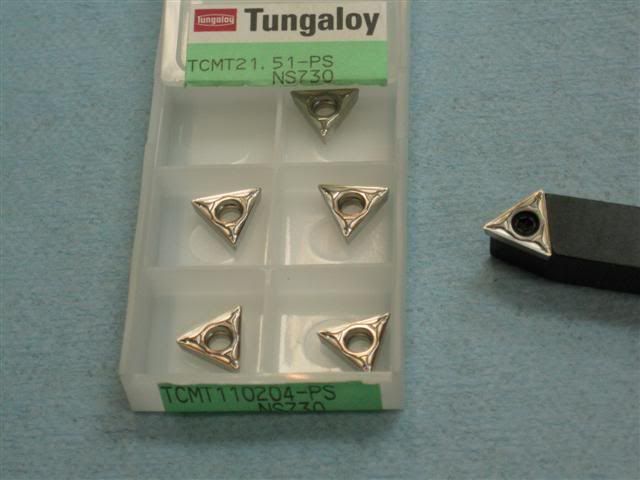i am not very good at this yet, only been turning "metal" for about a year.
i'm a wood worker by trade.
i seem to be having trouble with my cutting tool setup. when i cut around 10,000 DOC i get a pretty good finish but when i only cut about 1,000-2,000 the finish is very ruff.
i am using indexible carbide on 316 stainless at 500 rpm at .05" feed.
i think all those figures are right. what do you think is the problem, dull bits,speed, feed or maybe tool angle?
I know, i know, most likely a loose nut behind the wheel

madbear
i'm a wood worker by trade.
i seem to be having trouble with my cutting tool setup. when i cut around 10,000 DOC i get a pretty good finish but when i only cut about 1,000-2,000 the finish is very ruff.
i am using indexible carbide on 316 stainless at 500 rpm at .05" feed.
i think all those figures are right. what do you think is the problem, dull bits,speed, feed or maybe tool angle?
I know, i know, most likely a loose nut behind the wheel


madbear
.png)



Comment